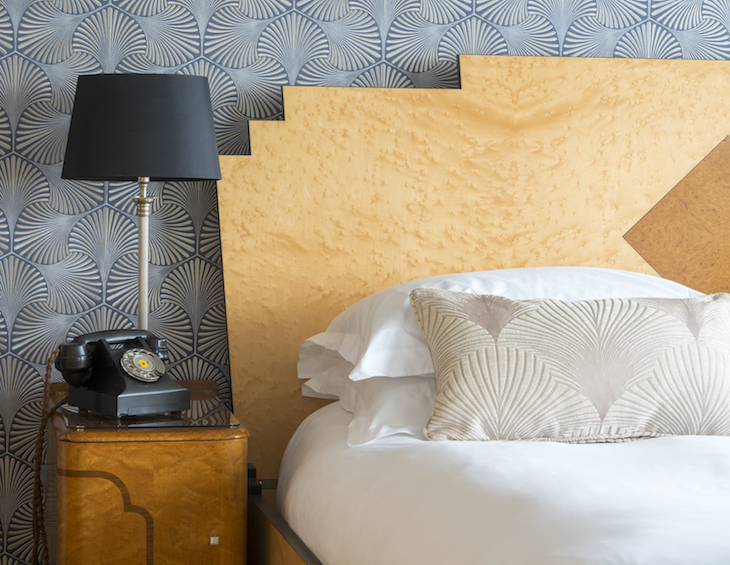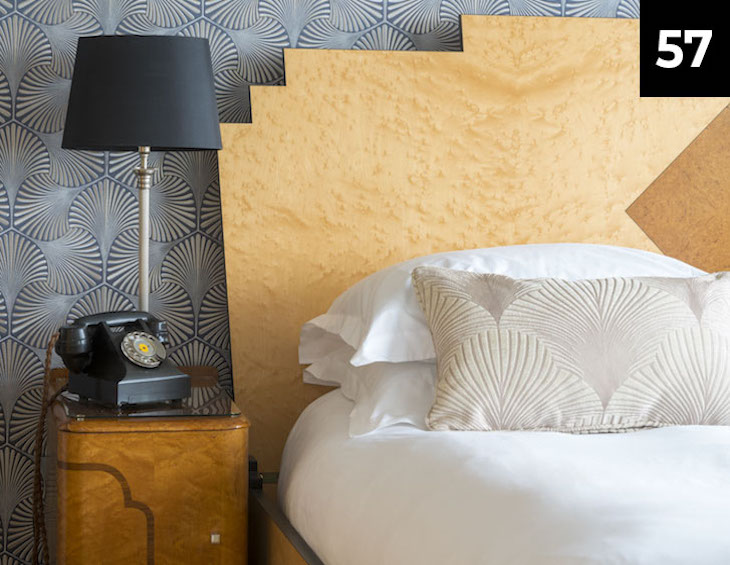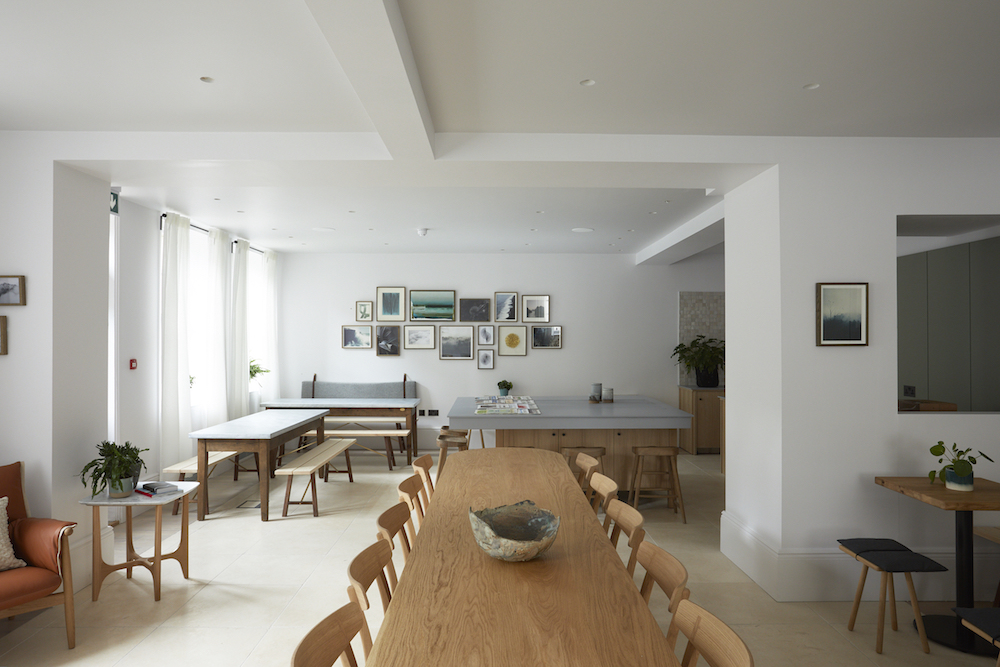Part 57: Refurbishing hotels with authenticity
https://hoteldesigns.net/wp-content/uploads/2021/10/DSC1041.jpg 730 565 Hamish Kilburn Hamish Kilburn https://secure.gravatar.com/avatar/81d2884aeeac3c45e38c47cacc508c2178bab773320ff2d6a83bdcc803d93aec?s=96&d=mm&r=gIn the next article within the editorial series, Editor Hamish Kilburn and Giles Fuchs, Owner of Burgh Island Hotel, explain how designers and hoteliers can revamp their look and feel while also being sensitive to their building’s history and heritage…
For many hotels, their individuality and charm is rooted in deep historical connections. In the wake of the pandemic, the vintage ambience and sense of escapism this creates has perhaps never been more important for guests’ experience.
As a result, there is a risk that, when these classic and unique hotels need to undergo refurbishment, it creates a clash between the desire to preserve history and need to cater for 21st century guests. However, the two are not mutually exclusive. The recent revamp of bedrooms in Devon’s iconic Burgh Island Hotel, following the renovation of the hotel’s public areas, perfectly demonstrates how refurbishments don’t have to mean compromising their unique character or impressive history. In fact, the co-existence of old and new might just be the perfect combination for today’s guests.

Image credit: Burgh Island Hotel
Consult the experts
Maintaining a rich history throughout a revamp can be challenging- there is a fine line between something appearing simply ‘old’ instead of ‘historic’. To tread this line carefully and ensure that history is not lost, consulting and engaging with experts is essential.
For example, at the Burgh Hotel, experts including Art Historians, Art Deco experts and experienced interior designed have been crucial to ensuring the authenticity of the hotel is preserved during renovation works – whether that’s restoring the iconic domed Crittal skylight in the Palm Court Bar or refreshing the design of the bedrooms. For instance, bold geometrics influenced by Cubism adorn some of the bedrooms, whilst the vibrant colours and lavish materials transport the guests right back to the roaring 20s.
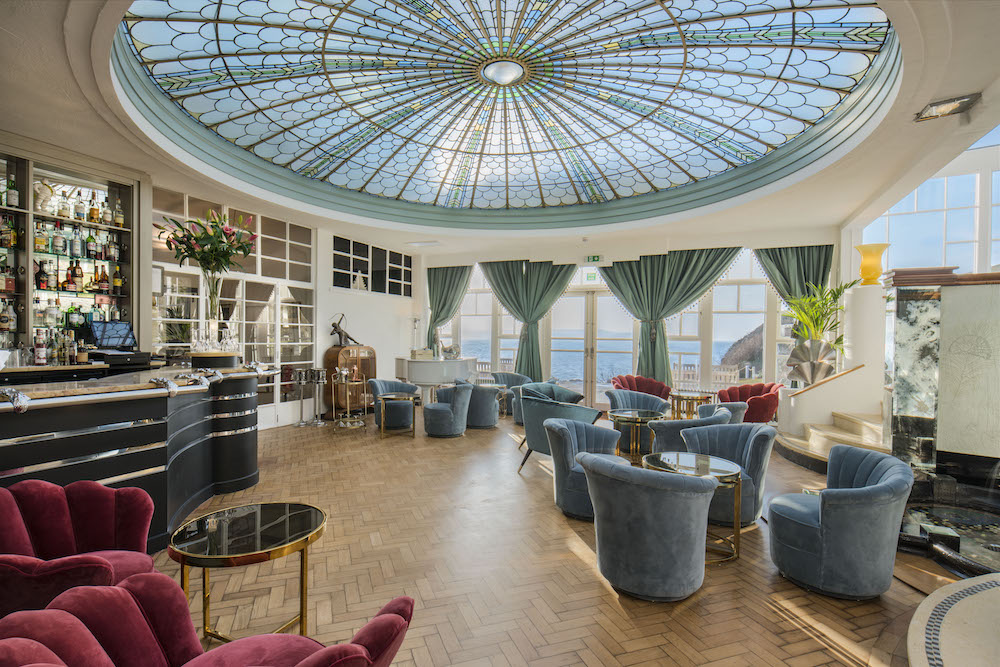
Image caption/credit: Palm Court at Burgh Island Hotel
Beyond the aesthetic, the names of rooms also pay homage to the hotel’s history, putting its famous past front and centre. Whether it’s Agatha’s Beach House, where Agatha Christie wrote the infamous ‘And Then There Were None’, or The Jessie Matthews Room, named after the designer of the hotel’s corridors in the early 20th century, the hotel’s Art Deco style is unmistakeable.
Understanding your audience
While drawing on expertise is crucial to maintaining authenticity, equally key to a successful refurbishment is understanding your target audience.
For example, keeping the guests’ values in mind throughout any renovation can be key to future-proofing your offering, with latest research by booking.com revealing that more than 50 per cent of global travellers develop feelings of annoyance if their accommodation is not engaging in sustainable practices, something they prioritise in their stay.
- Image caption: Inhabit Hotel in London is a prime example of a modern hotel sheltered within a Grade II listed building. | Image credit: Inhabit Hotel
- Image credit: Inhabit Hotel
Moreover, a staggering 80 per cent believe sustainable travel is vital. So, for historic buildings, refurbishment offers a clear opportunity to adopt more sustainable and environmentally friendly practices, whilst simultaneously appealing to the growing environmental consciousness of modern guests. At Burgh Island, for instance, solar panels have been installed over the hotel’s disused tennis court, repurposing existing space to enhance its renewable energy commitments without compromising on the traditional Art Deco style of the architecture.
Another hotel brand that is pathing the way for other brands to follow when it comes to meaningful sustainability is Inhabit Hotels, which is committed to focus on green initiatives and green policies by monitoring and reducing consumption levels, converting environmental efforts into cost-reduction and revenue generating opportunities whilst promoting the corporate and social responsibilities mandate contained below.
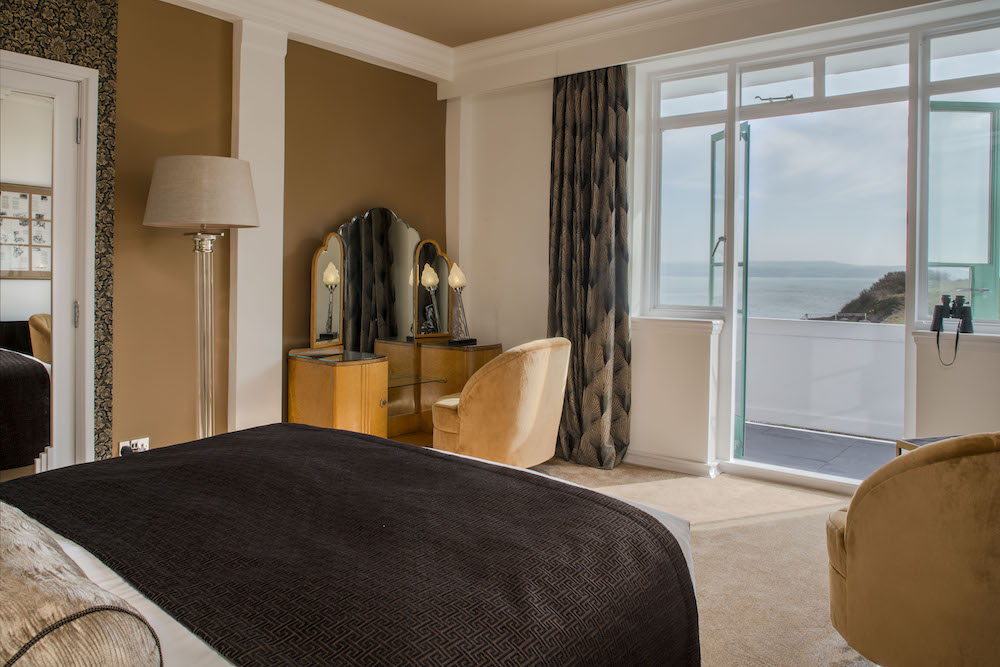
Image credit: Burgh Island Hotel
Balancing expectations
Guests who seek to gain a sense of escapism or of ‘stepping back in time’ through their holiday accommodation should not have to compromise by giving up technology and detaching from society. The two can, and should, easily co-exist to create the perfect balance between authenticity and modern luxury. In fact, modern amenities such as contactless check-ins and motion-censored lighting can contribute to a far smoother guest journey and movement through the hotel, without detracting from a historical setting.
While lockdown restrictions have eased, hybrid working culture remains the ‘new normal’. According to FlexJobs’ latest remote working statistics, 97 per cent of workers still desire some form of remote working moving forward. This cultural shift has paved the way for a new form of vacation – the ‘workation’. In September this year holiday giant TUI even launched a range of specialised ‘workation’ packages, kitted out with reliable wi-fi, ample desk space and natural lighting.
Drawing on the history of its location should not preclude hotels from taking part in this trend. Indeed, on Burgh Island, Agatha’s Beach House is now a sophisticated, modern, and connected beach retreat, which would make the perfect location for a working holiday. First built in the 1930s as a writer’s retreat for Agatha Christie herself, the room still maintains a certain historic charm and connection to its history, despite offering the creature comforts of modern luxury.
Elsewhere, Grantley Hall has been in the headlines recently following its personality-packed revamp. Inside the building that dates back to 1680 is a modern hotel. The owners were determined the property would retain the sumptuous extravagance of its past during its conversion to a five-star luxury destination. One of its successful approaches to this brief was to inject character into the carpet design. Damasks were fused with herringbones with subtle, luxurious grounds and bold accent pops. Grand florals were used to bring the flora from the surrounding gardens into the property.
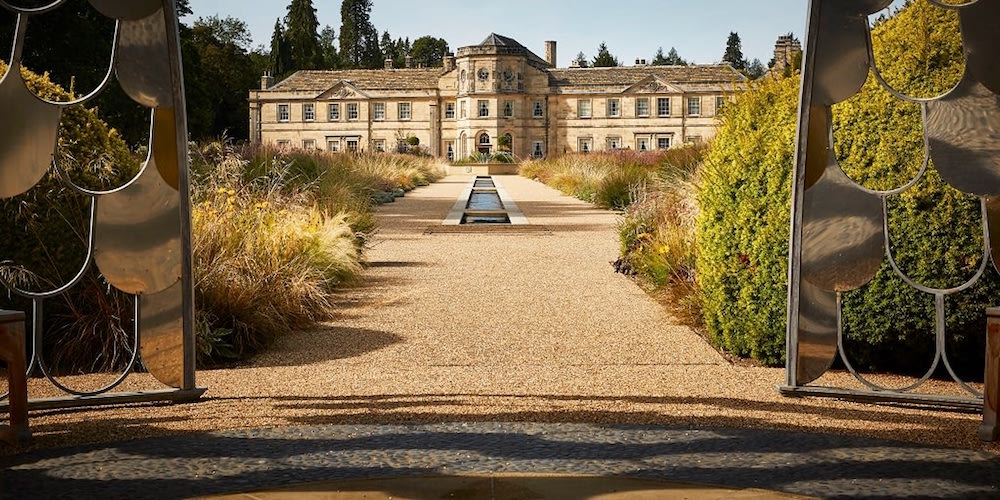
Image credit: Grantley Hall
Authenticity meets luxury
So, classic, and traditional hotels need not shy away from refurbishment due to fears to losing their unique authenticity. In fact, it is quite the opposite. Through consultation with the right expert and understanding the expectations of your guests, refurbishment is a great opportunity to align with 21st Century standards of modernity and luxury, without compromising on that original charm.
> Since you’re here, why not read our guide on how hotels can meaningfully design for social distancing?
All references are available upon request.
Main image credit: Burgh Island Hotel

